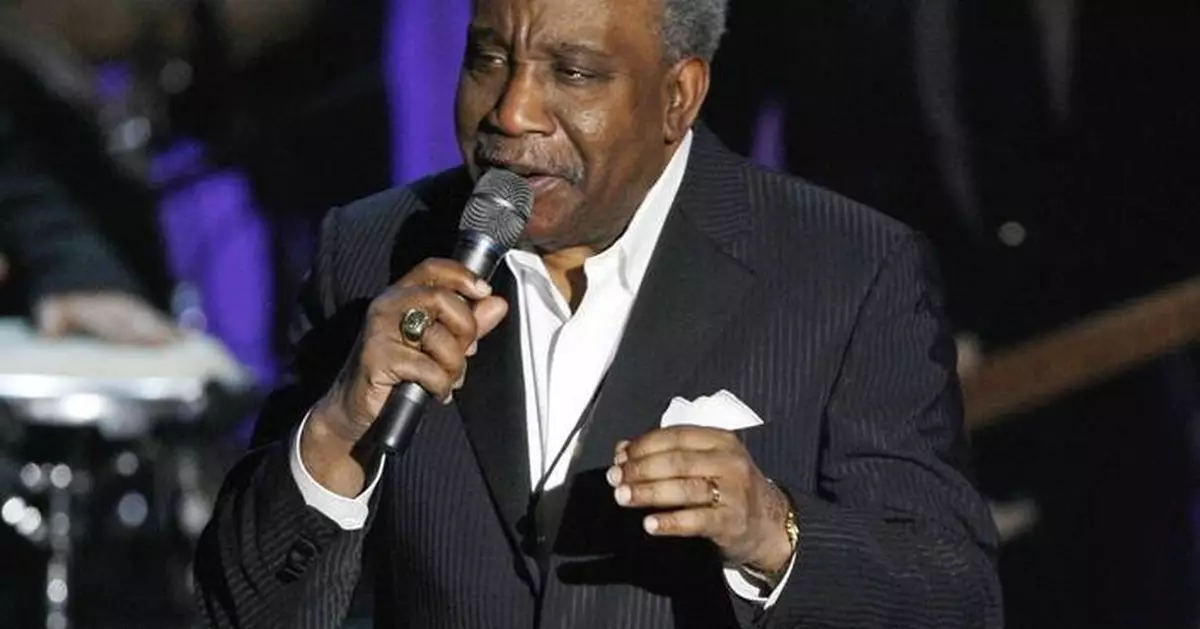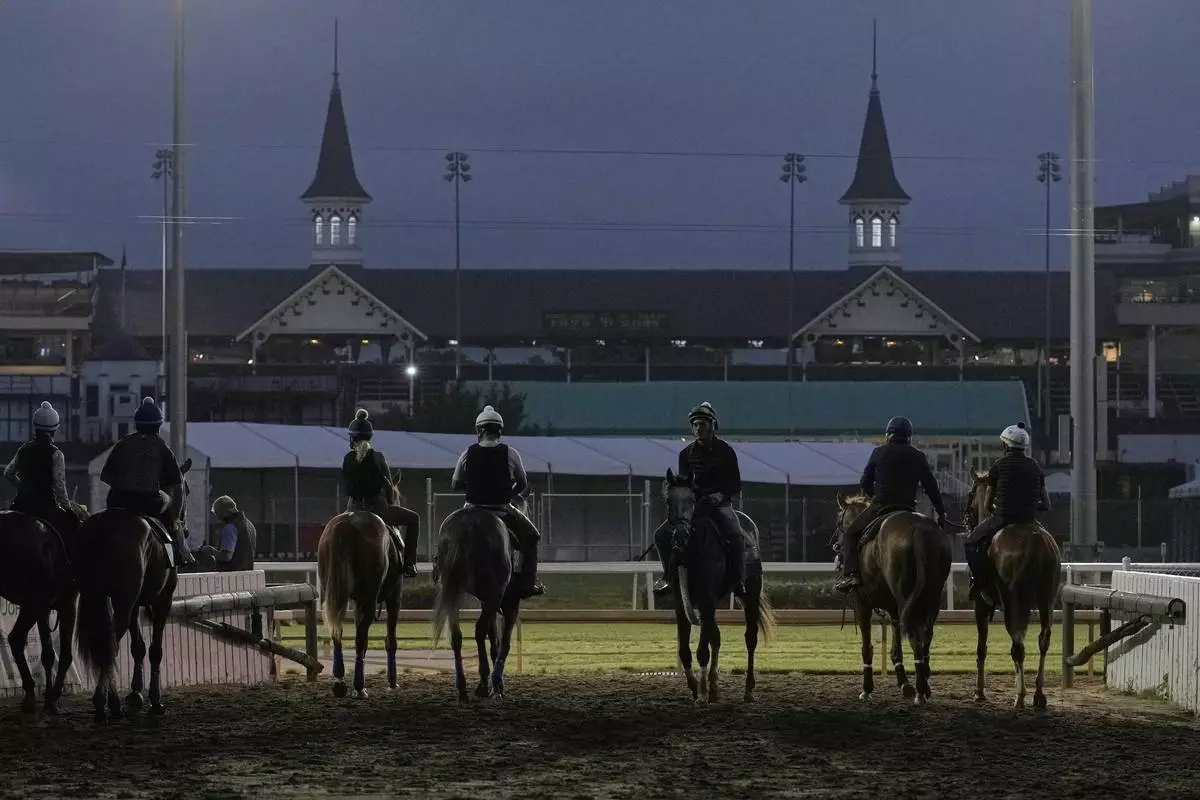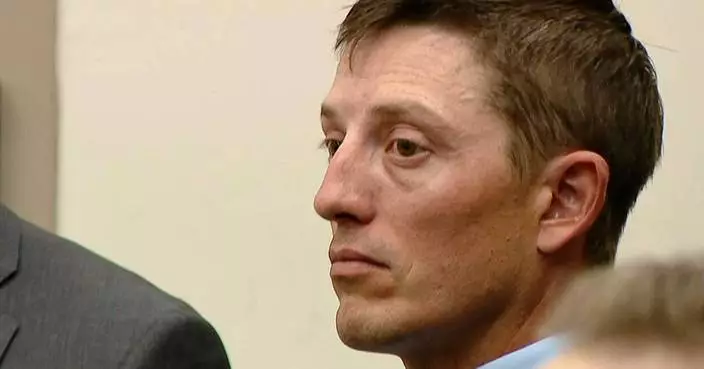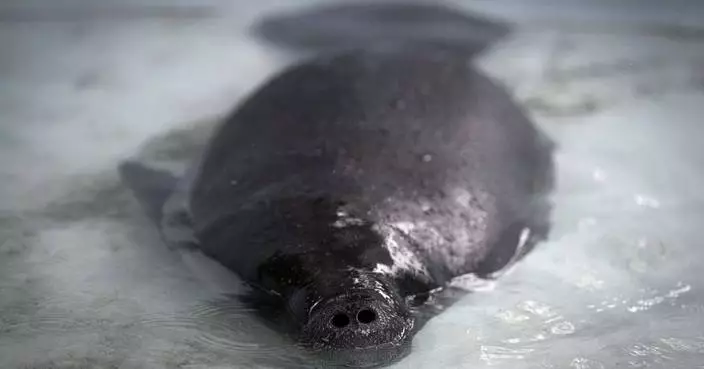NEW YORK (AP) — Jerry Butler, a premier soul singer of the 1960s and after whose rich, intimate baritone graced such hits as "For Your Precious Love," "Only the Strong Survive" and "Make It Easy On Yourself," has died at age 85.
Butler's niece, Yolanda Goff, told The Associated Press that Butler died Thursday of Parkinson's disease at his home in Chicago. A longtime Chicago resident, Butler was a former Cook County board commissioner who would still perform on weekends and identify himself as Jerry "Ice Man" Butler, a show business nickname given for his understated style.
Butler, a member of the Rock and Roll Hall of Fame and a three-time Grammy Award nominee, was a voice for two major soul music hubs: Chicago and Philadelphia. Along with childhood friend Curtis Mayfield, he helped found the Chicago-based Impressions and sang lead on the breakthrough hit "For Your Precious Love," a deeply emotional, gospel-influenced ballad that made Butler a star before the age of 20. A decade later, in the late '60s, he joined the Philadelphia-based production team of Kenneth Gamble and Leon Huff, who worked with him on "Only the Strong Survive," "Hey Western Union Man" and other hits. His albums "Ice on Ice" and "The Ice Man Cometh" are regarded as early models for the danceable, string-powered productions that became the classic "Sound of Philadelphia."
Butler also was an inspired songwriter who collaborated with Otis Redding on "I've Been Loving You Too Long," a signature ballad for Redding; and with Gamble and Huff on "Only the Strong Survive," later covered by Elvis Presley among others. His other credits included "For Your Precious Love," "Never Give You Up" (with Gamble and Huff) and "He Will Break Your Heart," which Butler helped write after he began thinking about the boyfriends of the groupies he met on the road.
"You go into a town; you're only going to be there for one night; you want some company; you find a girl; you blow her mind," Butler told Rolling Stone in 1969. "Now you know that girl hasn't been sitting in town waiting for you to come in. She probably has another fellow and the other fellow's probably in love with her; they're probably planning to go through the whole thing, right? But you never take that into consideration on that particular night."
The son Mississippi sharecroppers, Butler and his family moved moved north to Chicago when he was 3, part of the era's "Great Migration" of Black people out of the South. He loved all kinds of music as a child and was a good enough singer that a friend suggested he come to a local place of worship, the Traveling Souls Spiritualist Church, presided over by the Rev. A.B. Mayfield. Her grandson, Curtis Mayfield, soon became a longtime collaborator. (Mayfield died in 1999.)
In 1958, Mayfield and Butler along with Sam Gooden and brothers Arthur and Richard Brooks recorded "For Your Precious Love" for Vee-Jay Records. The group called itself the Impressions, but Vee-Jay, anxious to promote an individual star, advertised the song as by Jerry Butler and the Impressions, leading to estrangement between Butler and the other performers and to an unexpected solo career.
"Fame didn't change me as much as it changed the people around me," Butler wrote in his memoir "Only the Strong Survive," published in 2000.
One of his early solo performances was a 1961 cover of “Moon River,” the theme to “Breakfast at Tiffany’s.” Butler was the first performer to hit the charts with what became a pop standard, but “Moon River” would be associated with Andy Williams after the singer was chosen to perform it at the Academy Awards, a snub Butler long resented. His other solo hits, some recorded with Mayfield, included "He Will Break Your Heart", "Find Another Girl" and "I'm A-Telling You."
By 1967, his formal style seemed out of fashion, but Butler was impressed by the new music coming out of Philadelphia and received permission from his record label (Mercury) to work with Gamble and Huff. The chemistry, Butler recalled, was so "fierce" they wrote hits such as "Only the Strong Survive" in less than an hour.
"Things just seem to fall into place," Butler told Ebony magazine in 1969. "We lock ourselves in a room, create stories about lovers, compose the music, then write the lyrics to match the music."
By the 1980s, Butler's career had faded and he was becoming increasingly interested in politics. Encouraged by the 1983 election of Harold Washington, Chicago's first Black mayor, he ran successfully for the Cook County Board in 1985 and was re-elected repeatedly, even after supporting a controversial sales tax increase in 2009. He retired from the board in 2018.
Butler was married for 60 years to Annette Smith, who died in 2019, and with her had twin sons. Many of his generational peers had struggled financially and he worked to help them, while also supporting various family members. He chaired the Rhythm & Blues Foundation, which offers a wide range of assistance to musicians, and pushed the industry to provide medical and retirement benefits. Butler considered himself lucky, even if he did pass on the chance to own a part of Gamble and Huff's Philadelphia International recording company.
"You know, I have lived well. My wife probably would say I could've lived better," Butler told the Chicago Reader in 2011. "Did I make 40, 50 million dollars? No. Did I keep one or two? Yes. The old guys on the street used to say, 'It's not how much you make. It's how much you keep.'"
This story corrects a typo in graph 6
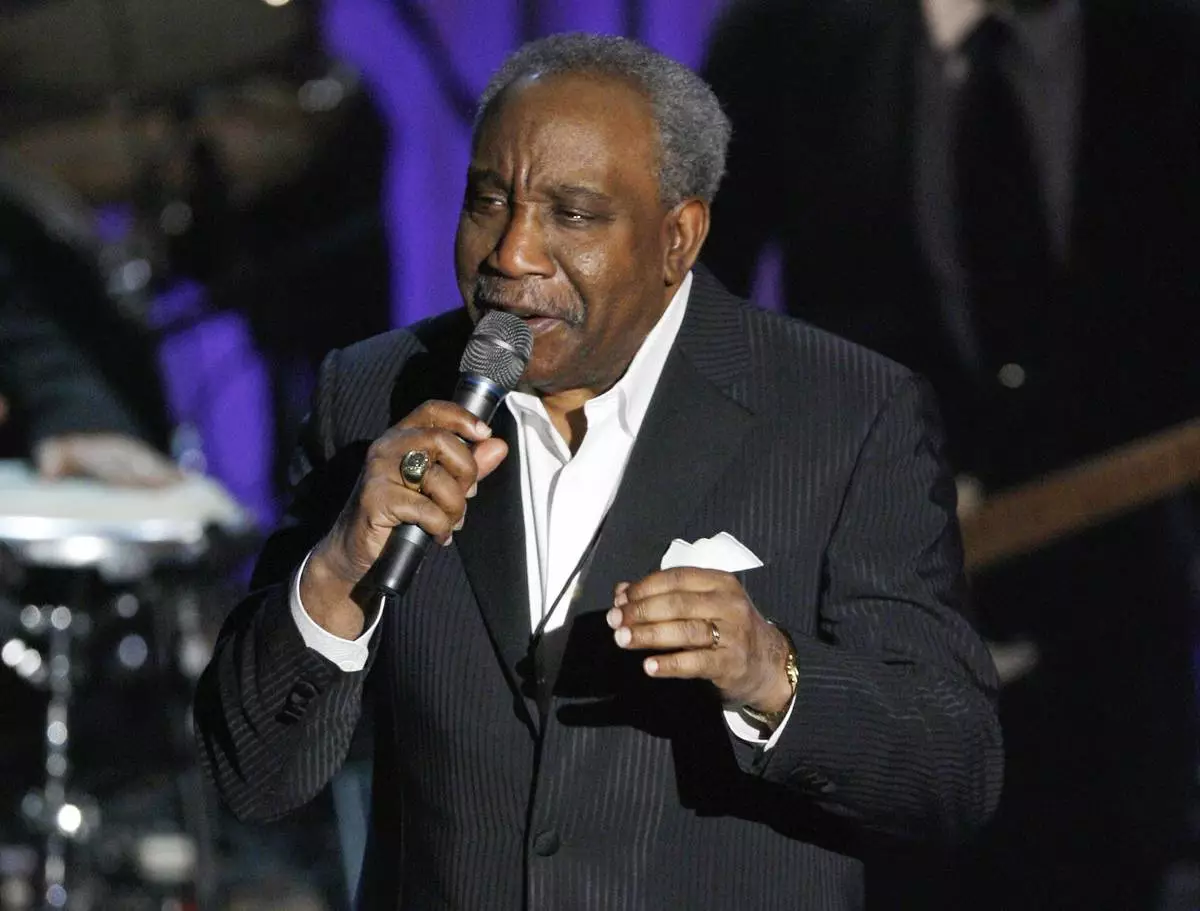
FILE - Jerry Butler performs "Only the Strong Will Survive" at the Rock and Roll Hall of Fame Induction Ceremony in New York on March 10, 2008. (AP Photo/Jason DeCrow, File)


